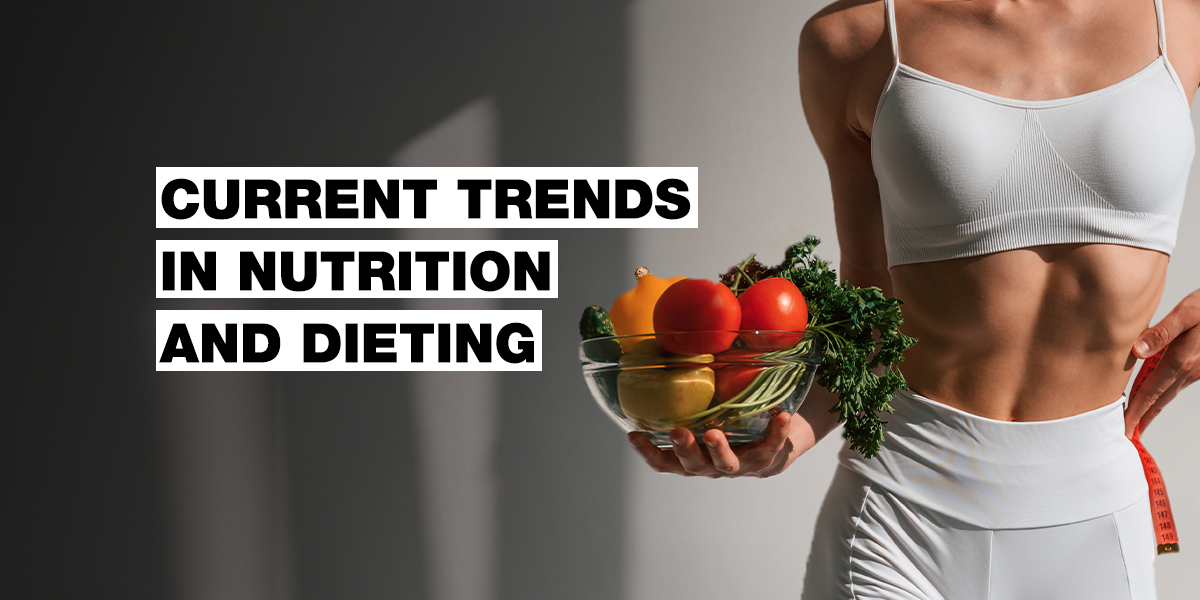
Healthy Eating and Dieting: Current Trends According to Nutritionist Zuzana Líšková
Each one of us has a relationship with food. Some love it and crave gastronomic experiences. Others perceive it merely as a necessary way to fill the stomach and replenish energy. In any case, food provides us with much more - nutrients and components beneficial for our health. Healthy eating is a way to incorporate these valuable meal components into our bodies. Ever-changing trends in the field of nutrition lead us to experiment with our diet plan and discover what best suits our bodies.
Currently, there are numerous dominant approaches that help shape our relationship with food and health.
Low-Carbohydrate Diets
These diets are based on a low intake of carbohydrates, which are replaced with proteins and fats. Typically, this includes meat, nuts, legumes, or dairy products. The Atkins diet is a very popular example of this type. It can help you quickly shed pounds, but when transitioning back to a regular diet, the pounds can come back quickly.
Protein-Based Diets
The foundation is an increased intake of proteins with a gradual addition of a small amount of carbohydrates. The Dukan diet is the most well-known protein-based diet. It's divided into 4 phases. After transitioning from protein-based diets to regular eating, weight often quickly rebounds. In many cases, people end up weighing more than they did before starting the diet.
Intermittent Fasting
Fasting involves alternating between periods of fasting and eating. It doesn't restrict specific foods and nutrients. However, what you eat during the eating window is crucial to prevent malnutrition during the fasting period. Since the system allows you to eat only within a certain time frame, it might not always suit your schedule, whether due to work or travel. This can lead to stress over when you'll finally get to eat after a fasting period.

Healthy Eating According to the Nutritionist
Each of the mentioned dietary approaches has its positives and negatives. What does Zuzana Líšková recommend to her clients?
"I advocate for balanced nutrition. My nutritional program NUTRIPLAN and the eatQuick eating style are based on incorporating all macronutrients: proteins, fats, and carbohydrates in a balanced ratio. A day's meals are divided into 3 or 5 portions depending on factors such as exercise, energy expenditure at work, habits, and starting weight. Our meals are colorful and diverse. Each meal includes a protein base, ideally different throughout the day. We alternate nutrients throughout the day and week. Portions have prescribed ratios and weights. Healthy eating is like a mix of all the mentioned styles and diets. It has fewer carbohydrates, more proteins, and we observe breaks between meals. We drink enough water and prioritize sleep. We don't deny any food component; we regulate quantity and learn moderation. We also individually regulate our eating times. The goal is to achieve balance in enzyme, hormone, and metabolism regulation."
The 90-10 Principle in Nutrition
The significant difference lies in the approach after reaching our goal. Balanced nutrition is a lifestyle. It's a change in our approach to eating. After reaching the goal, a lifelong maintenance step comes in, where we "indulge" in 10% of cases, incorporating other favorite foods, while staying 90% committed to the learned healthy eating. Some apply it as a weekly practice - weekdays versus weekends.
A common phenomenon is when we have the opportunity to indulge, but our body doesn't radically require it. We don't feel restricted or hungry, which is the foundation of long-term maintenance of achieved results.


